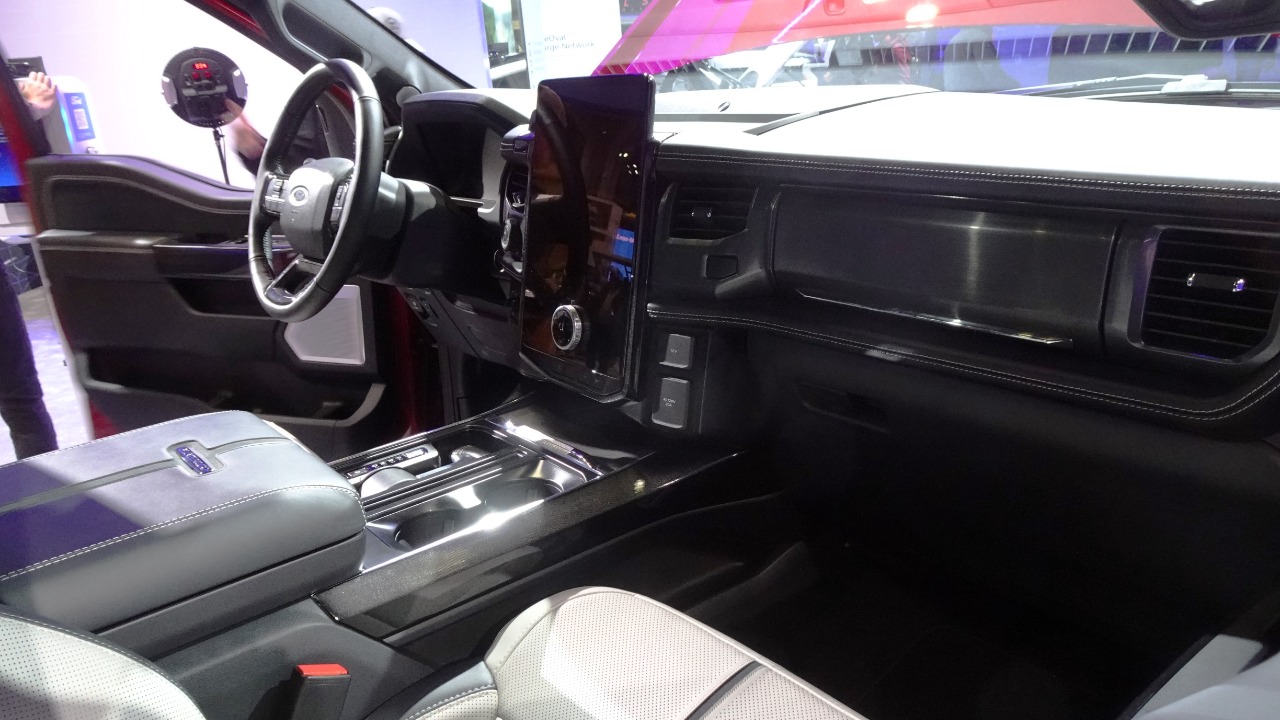
Trucks have seen numerous advancements over the years, with new technologies and features constantly being introduced. However, some beloved features have quietly disappeared from the scene. As automakers streamline designs and integrate modern technologies, certain elements that were once staples of truck models have been phased out. Let’s take a look at some of these hidden features that have made their quiet exit.
Under-Seat Storage Compartments
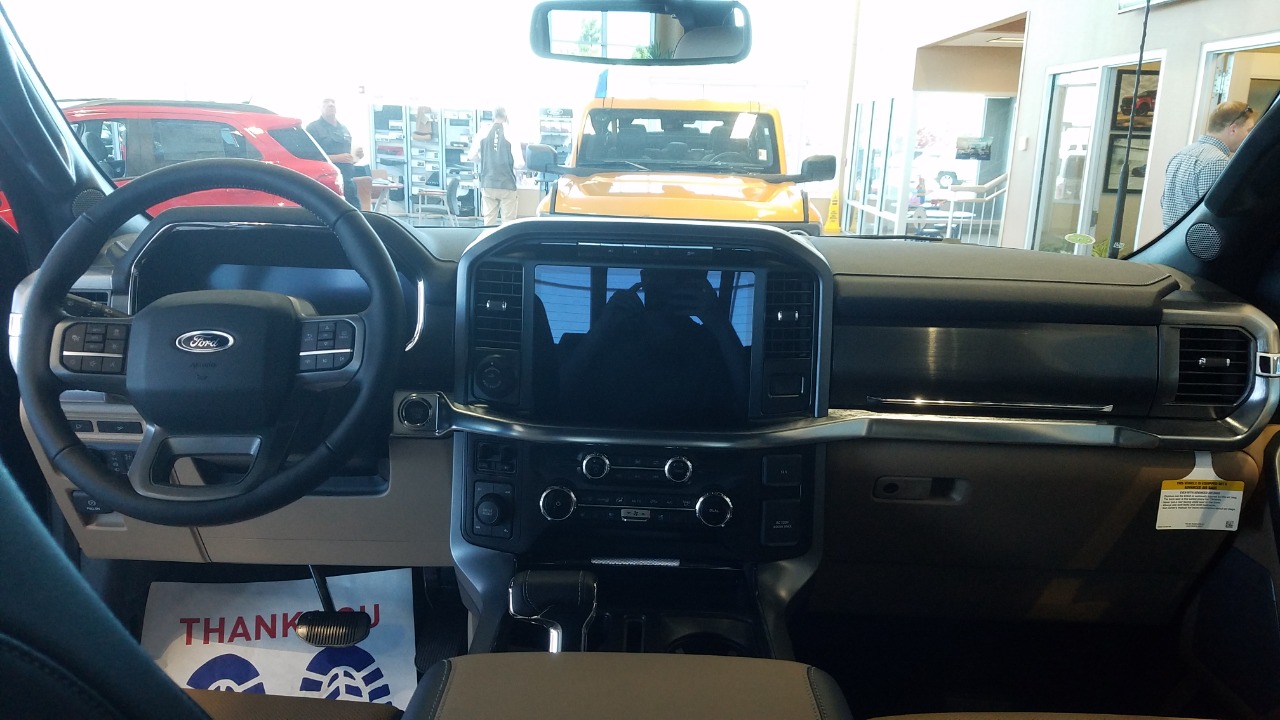
Under-seat storage compartments were once a go-to solution for truck owners needing extra space without sacrificing cabin room. These compartments provided a discreet area to store tools, emergency kits, or personal items. Unfortunately, many newer models have opted for designs without this feature to create a sleeker interior aesthetic. While some may appreciate the cleaner look, others miss the practicality of hidden storage.
For instance, earlier models of the Ford F-150 offered spacious under-seat storage, but recent updates have limited this option. As truck interiors evolve to include more technology and seating options, under-seat storage often doesn’t make the cut.
Manual Transmission Options
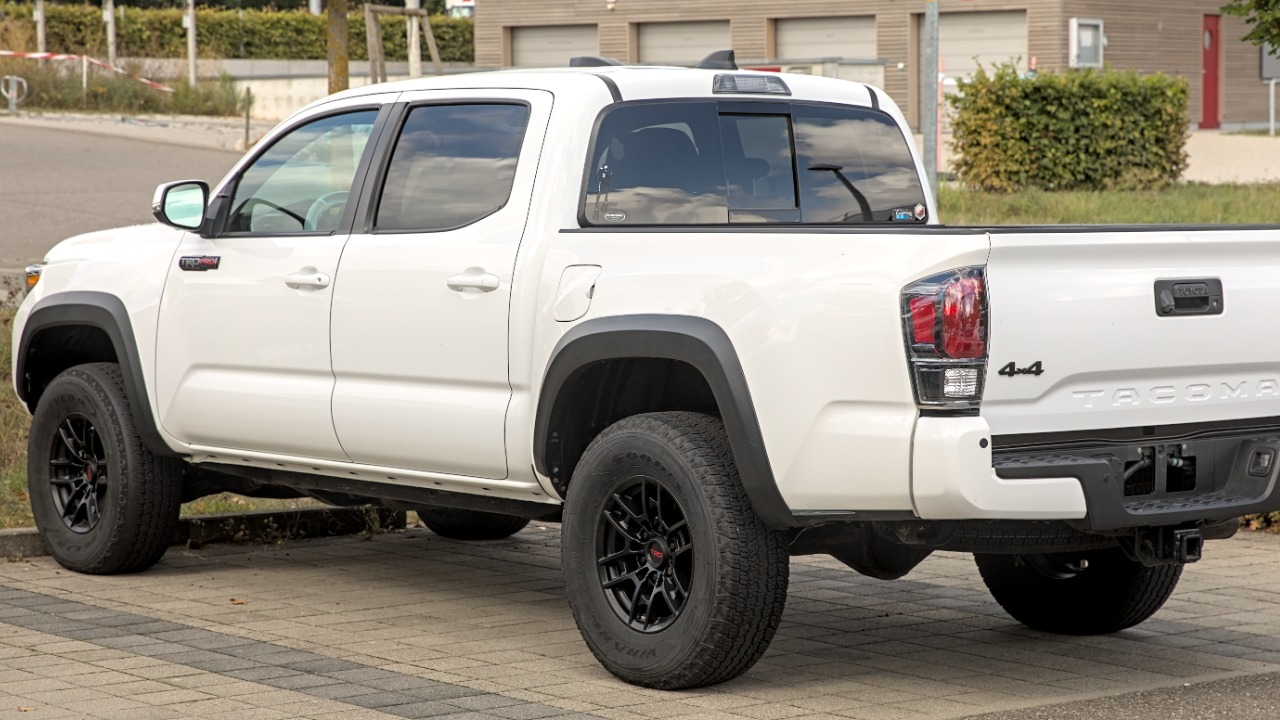
Once a symbol of driving prowess, manual transmissions are increasingly hard to find in modern trucks. As automatic transmissions become more efficient and offer better fuel economy, the demand for manual options has waned. Enthusiasts who enjoy the tactile experience of shifting gears have fewer choices today.
Notably, models like the Toyota Tacoma have phased out manual transmission in favor of advanced automatic systems. Despite the nostalgia associated with manual driving, the convenience and performance of automatics have largely taken over. For those interested in the technical aspects of this shift, this SAE paper offers detailed insights.
Vent Windows

Vent windows were once a standard feature in trucks, offering a simple way to improve ventilation without fully opening a window. These small triangular windows have largely disappeared as modern climate control systems have improved. While they provided an easy way to direct airflow, their utility has been overshadowed by advanced air conditioning systems.
Vehicles like older Chevrolet C/K trucks featured vent windows, but newer models have phased them out. The clean lines of modern truck designs often prioritize aesthetics over this once-functional feature.
Built-In CB Radio Systems
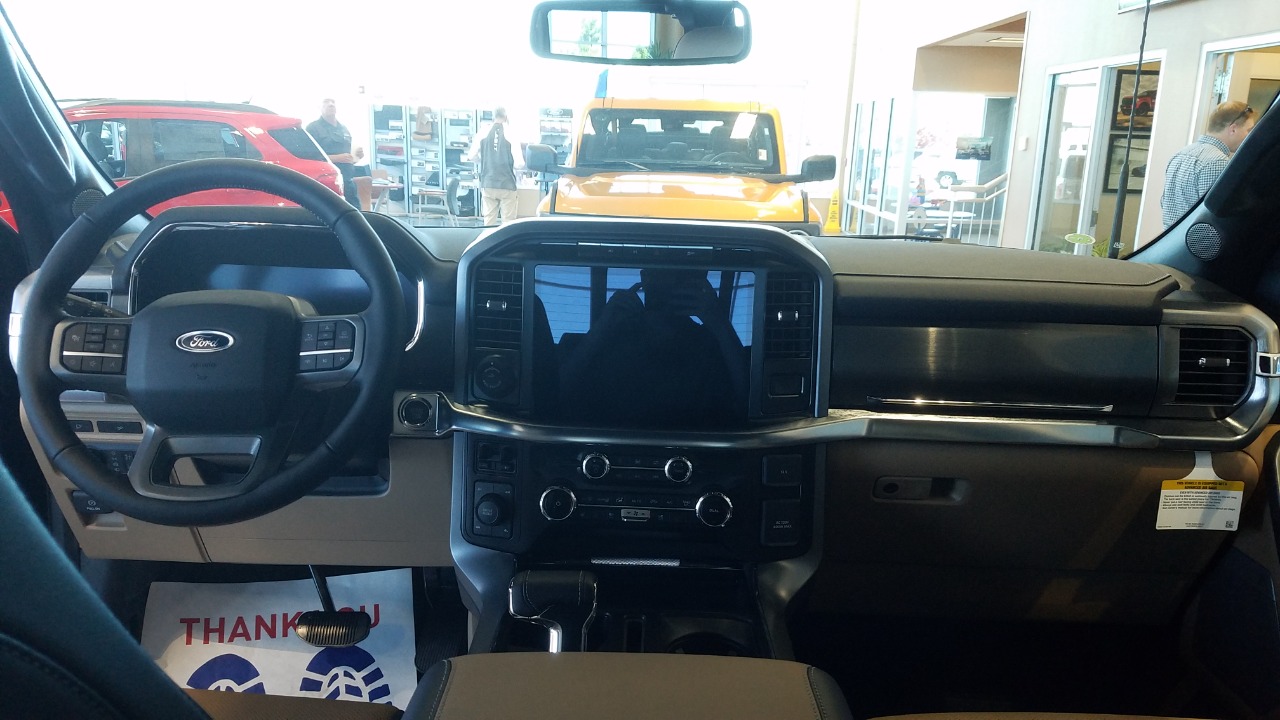
CB radios were an essential communication tool for truckers, providing a reliable way to connect with others on the road. Built-in CB radio systems were common in older trucks, but with the advent of smartphones and GPS, they are no longer deemed necessary.
While some enthusiasts still install aftermarket CB systems, manufacturers have stopped including them as standard. The shift reflects broader changes in communication technology, as detailed in this IEEE study.
Bed-Mounted Spare Tire Holders
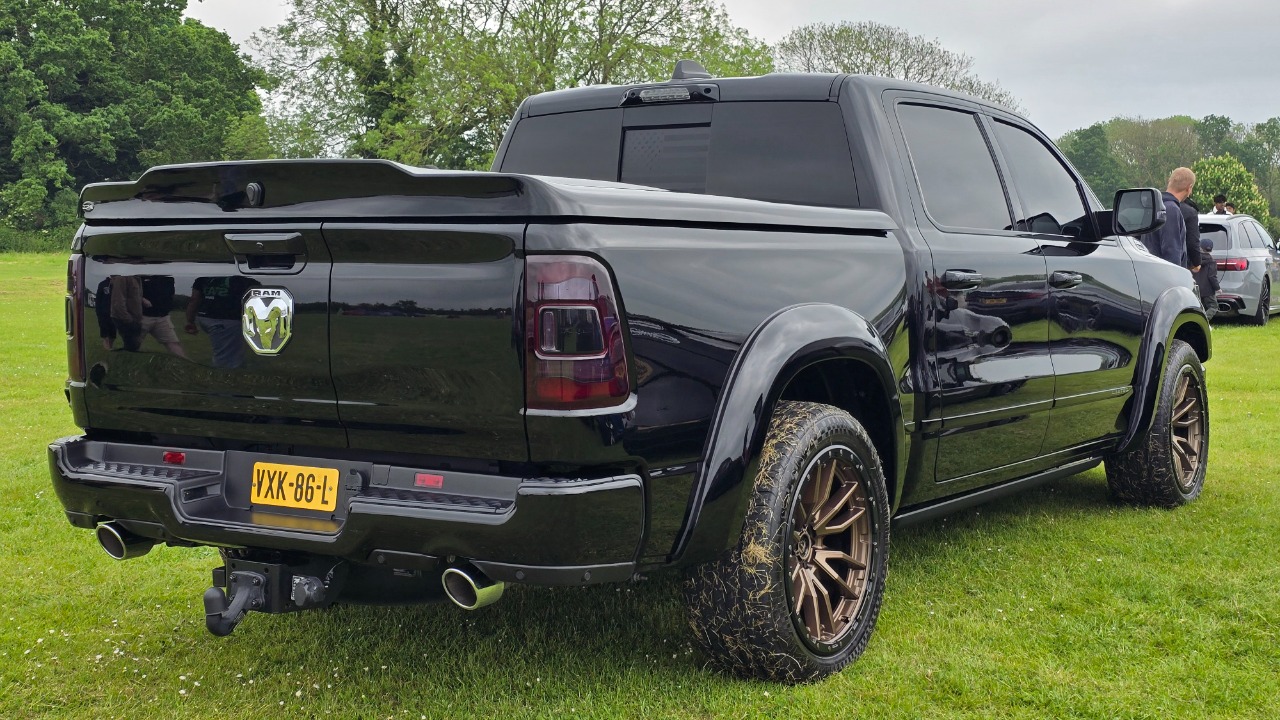
Bed-mounted spare tire holders provided truck owners with easy access to a spare tire without using up valuable space in the truck bed. However, with the focus on maximizing cargo space, these holders are disappearing from new models.
For example, older models of the Dodge Ram featured this practical component, but recent designs have opted for undercarriage storage. The change reflects a broader trend towards more efficient use of space in truck beds.
Manual Locking Hubs
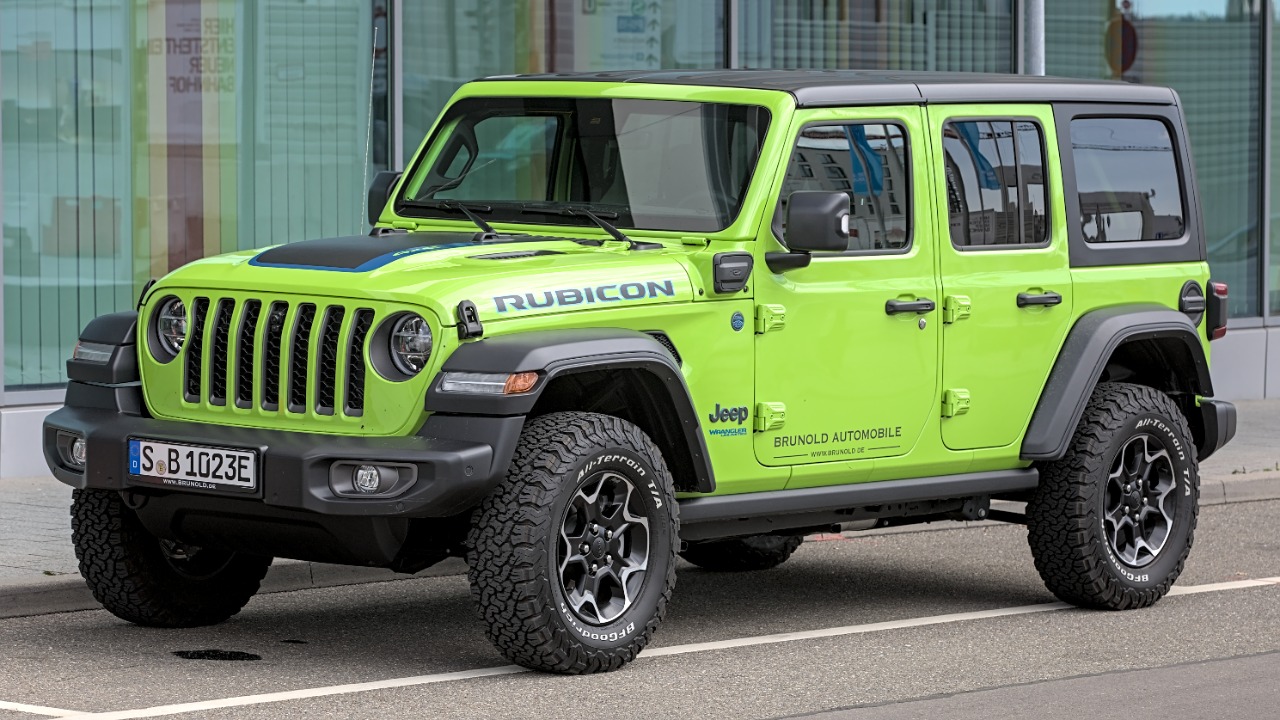
Manual locking hubs were once a staple for off-road enthusiasts, allowing drivers to engage or disengage the vehicle’s four-wheel drive system manually. As technology has advanced, automatic locking hubs have largely replaced manual versions, offering convenience and ease of use.
While some off-road purists still prefer the reliability of manual hubs, models like the Jeep Wrangler have embraced the automatic trend. The transition illustrates the balancing act between tradition and modernity in vehicle design. For a nostalgic look at other features that have disappeared, check out this AAA article.
Adjustable Cargo Tie-Downs
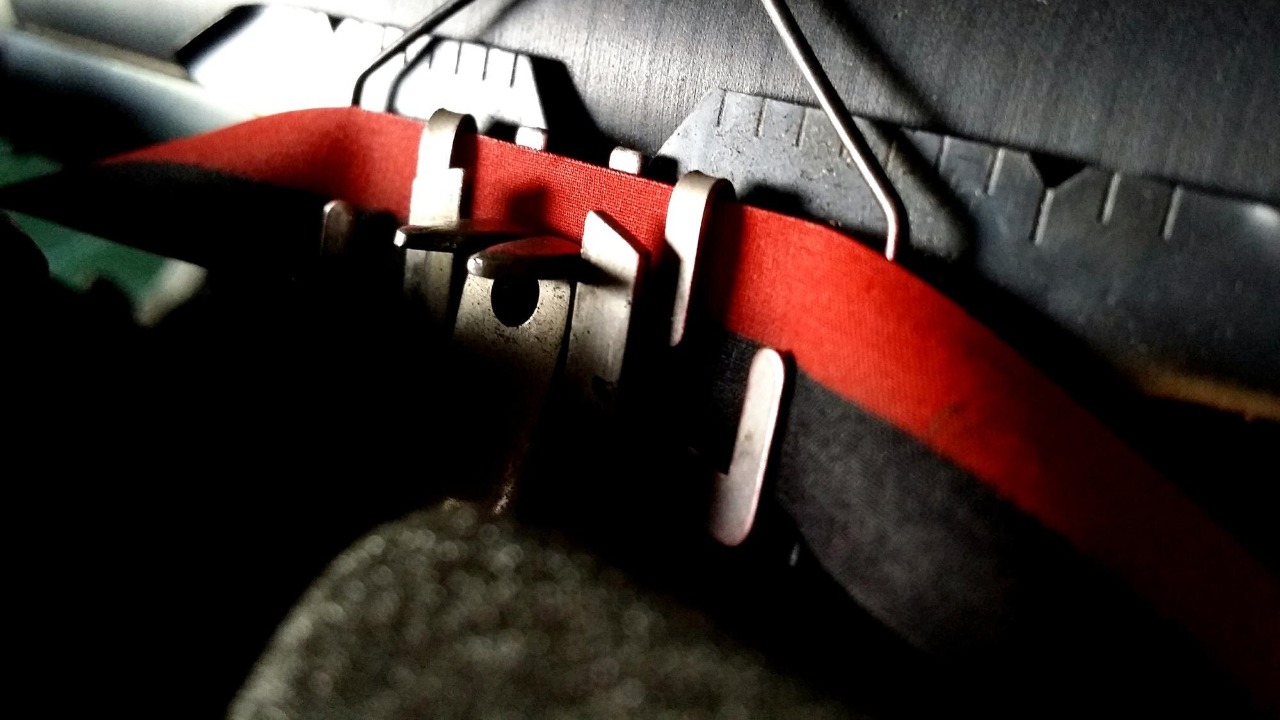
Adjustable cargo tie-downs were a popular feature for ensuring that loads were securely fastened during transport. This feature allowed truck owners to customize their cargo management system based on specific needs. However, newer truck designs have moved towards fixed tie-down points, reducing flexibility.
Models like the Nissan Frontier once boasted adjustable systems, but recent iterations have opted for more streamlined solutions. While the change may simplify manufacturing, it limits the versatility that many truck owners once valued.
Integrated Tailgate Step
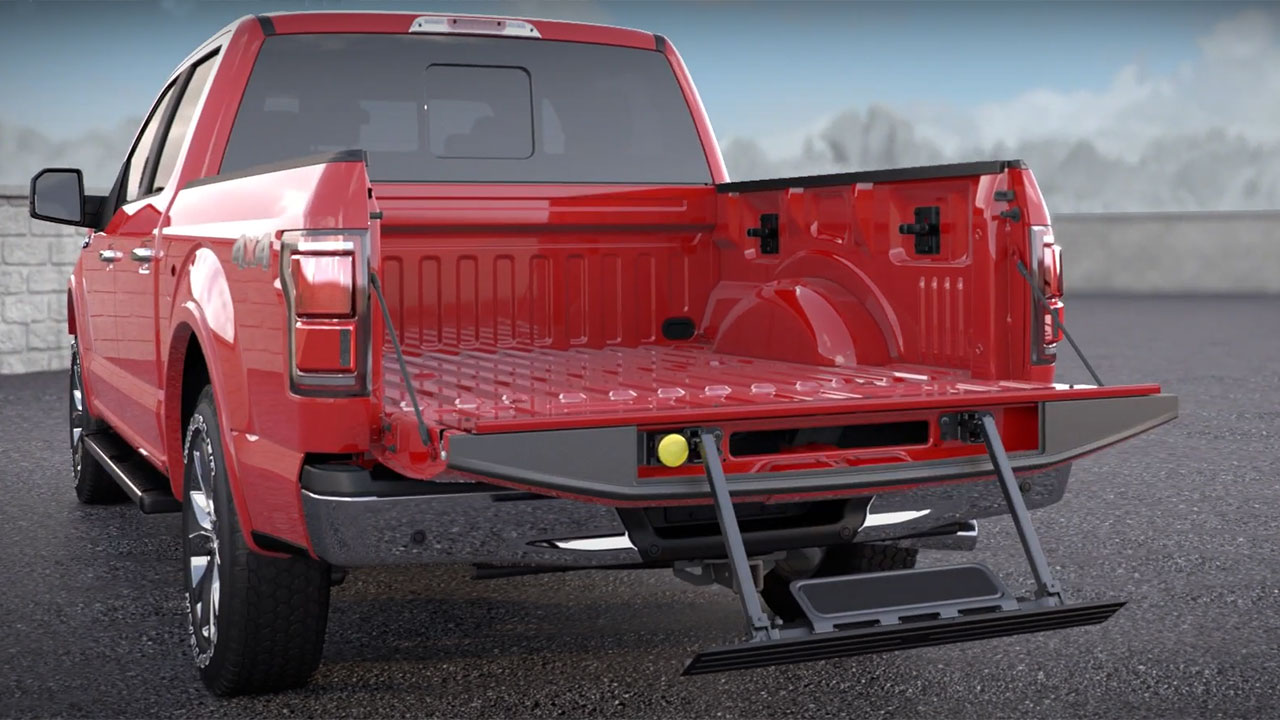
The integrated tailgate step was a clever solution for making truck bed access easier, especially in high-clearance models. Despite its practicality, this feature has been removed from some newer models in favor of lighter tailgate designs.
Ford’s F-150 once prominently featured this step, but as designs focus on reducing weight and improving aerodynamics, it has become less common. The trade-off between convenience and efficiency continues to shape truck design choices.
Factory-Installed Fog Lights
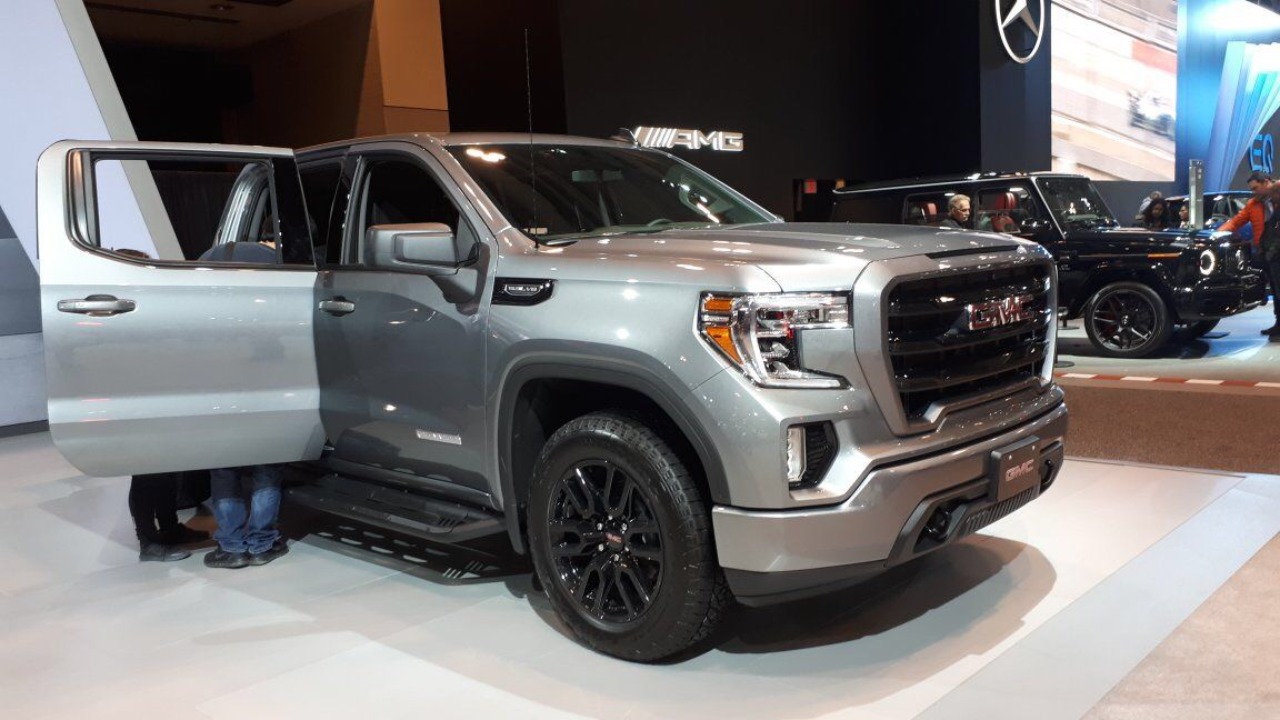
Factory-installed fog lights were once a staple for improving visibility in adverse weather conditions. However, as LED headlights and advanced lighting systems have improved, the need for separate fog lights has diminished.
Vehicles like the GMC Sierra previously included fog lights as a standard feature, but many current models have phased them out. The shift highlights the rapid pace of technological advancements in automotive lighting. For more on how older car features are evolving, see this Quartz article.